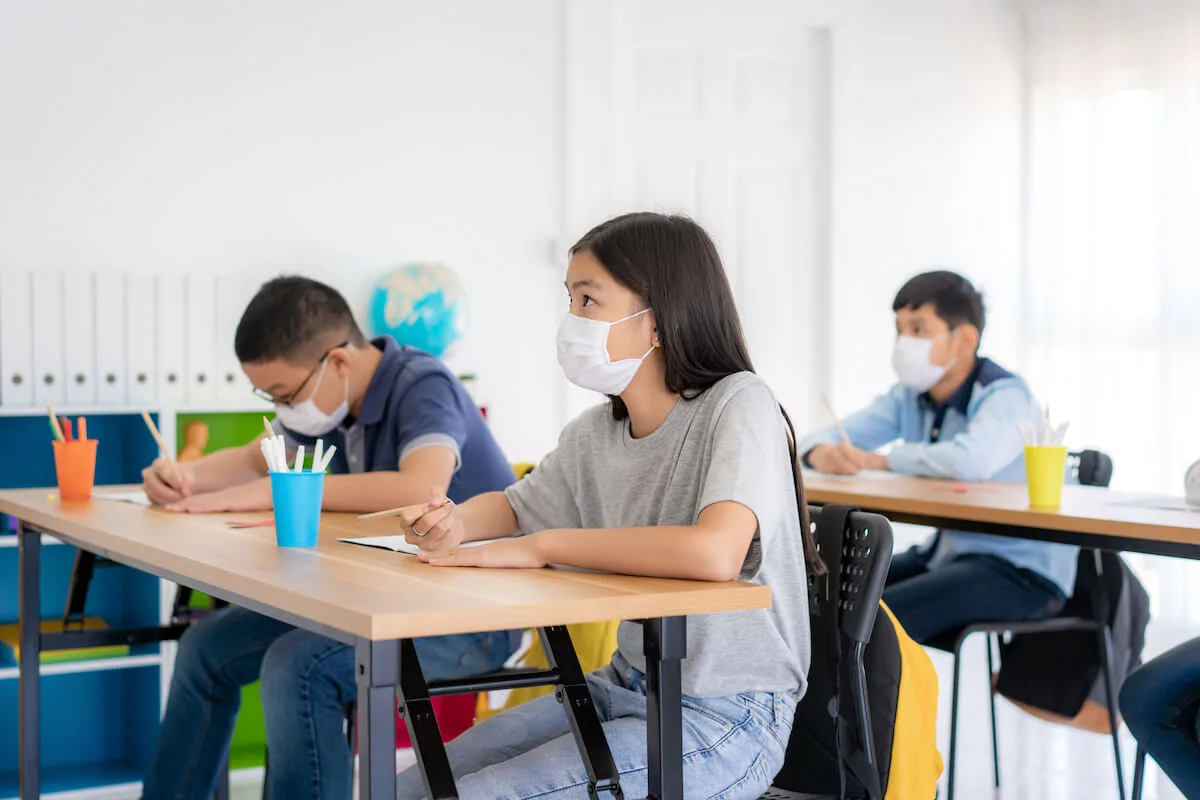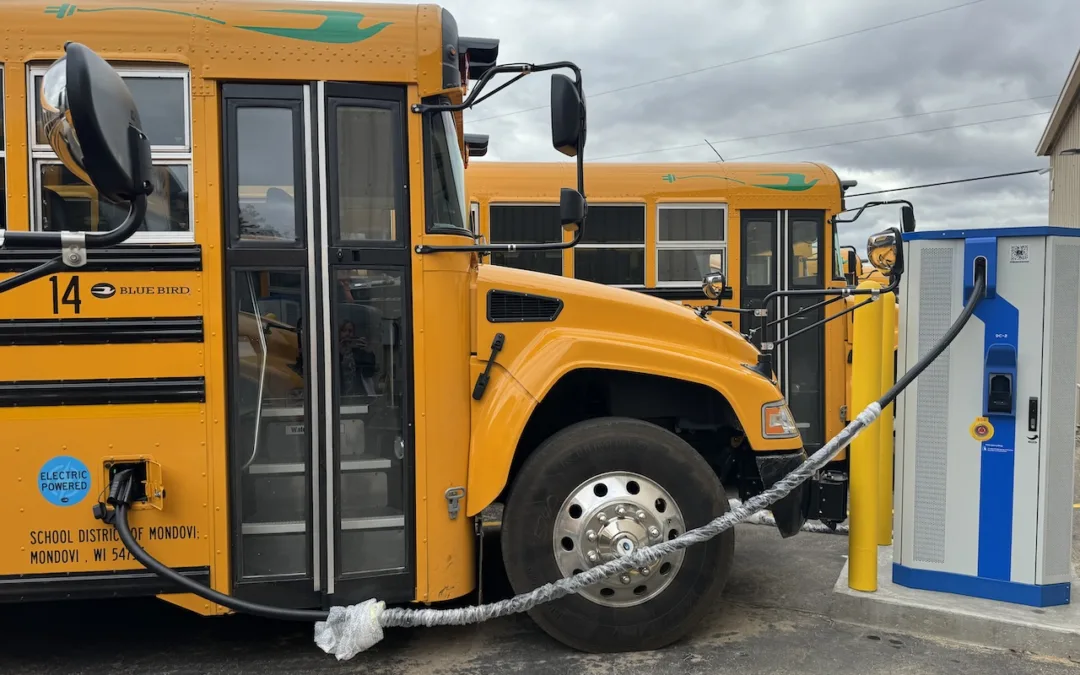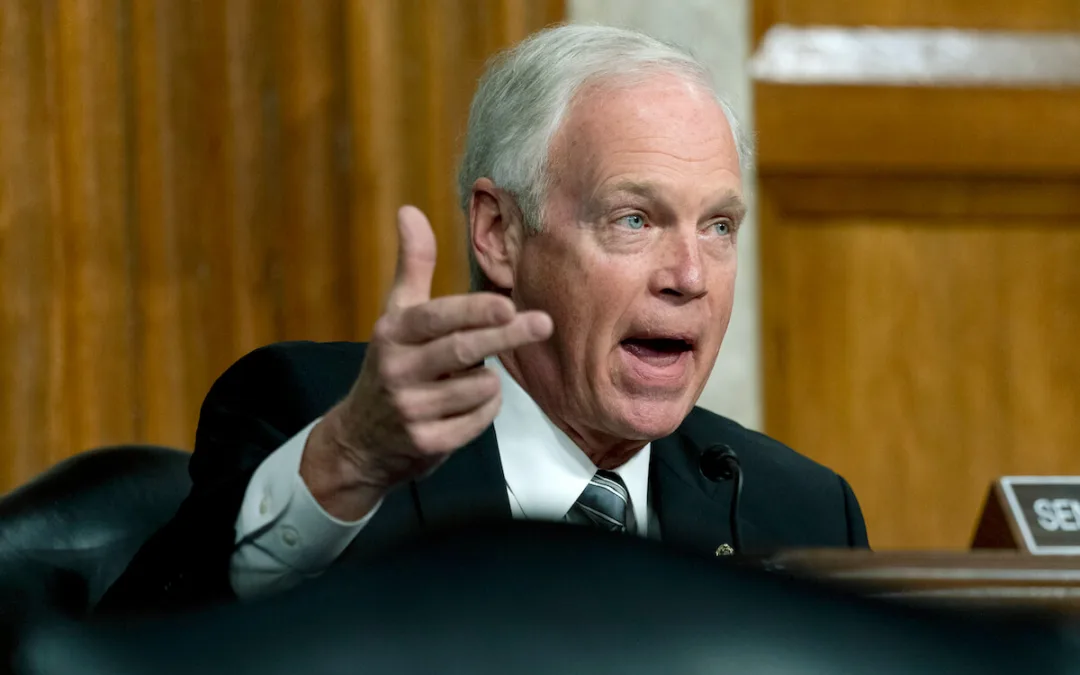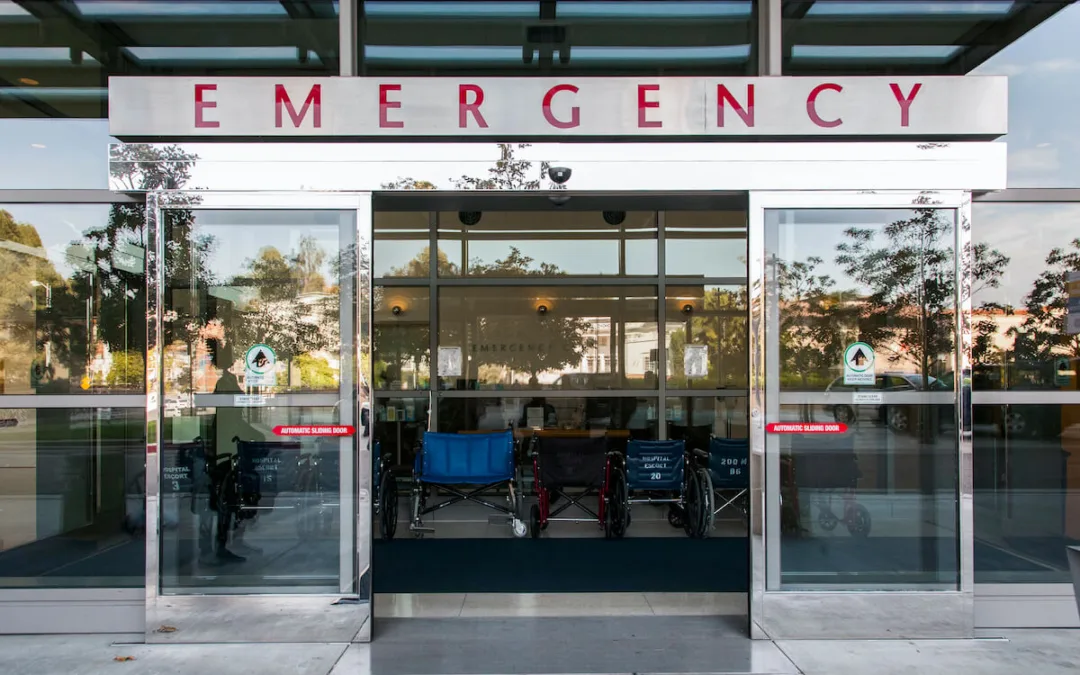
#image_title
#image_title
Broadband access, money for laptops allow wealthier districts, students to succeed in altered learning environment.
Protecting students from COVID-19 if they return to traditional in-person learning this fall could prove challenging and school officials must remain flexible to adjust for possible spikes of the virus, a top state Department of Public Instruction official said Wednesday.
During a meeting of the Assembly Committee on Education, DPI Senior Policy Advisor Jennifer Kammerud said Wisconsin’s public and private schools could face multiple scenarios related to the coronavirus pandemic. This follows the Monday release by DPI of its Education Forward plan that offers school districts guidelines for resuming school in the fall.
Because of the unpredictable nature of the virus and concerns about another possible wave of the illness this fall or winter, schools must be prepared for a mix of in-person and remote learning and flexible schedules to reduce crowding and prevent the spread of the virus, Kammerud said. The Education Forward plan is meant to advise school officials about how to restart, she said, but they will ultimately decide what a return to classroom learning looks like.
“Social distancing will be difficult, and those changes will undoubtedly bring about unanticipated costs,” Kammerud said. “We want to make sure we are providing school districts with the flexibility they need.”
The 87-page Education Forward plan includes multiple options for classes to resume this fall. Those options include students and staff wearing masks and shortened weeks split between in-person and virtual learning.
What the new school year looks like remains a question as COVID-19 remains active in Wisconsin. Schools were shut down in mid-March after Gov. Tony Evers ordered them closed as cases of the virus first surfaced in Wisconsin.
For the last three months of the recently completed school year, learning occurred online. But doing so proved challenging, in part because some schools lacked enough laptop computers and because of a lack of broadband access in some parts of the state.
“The reality is we must reopen our schools, for the good of our students and families,” Florence school district Administrator Ben Niehaus said. “But unfortunately, there will be a risk.”
Parents of students have expressed opposing views about a return to school, Kammerud said. Some back a return to normal classroom learning; others fear doing so will lead to a greater spread of COVID-19.
Heather Dubois Bourenane, executive director of the Wisconsin Public Education Network, said most school parents favor some degree of face-to-face instruction. But to what degree that should occur, and what it looks like in classrooms, is open to debate, she said.
“There is confusion and disagreement about this,” she said. “And in some cases there is politics to it.”
Committee member Rep. Robert Wittke, R-Racine, suggested that schools follow a similar proposed schedule being discussed by UW System schools in which school would be off from Thanksgiving until into January in an effort to restrict interaction during an anticipated wave of COVID-19 cases.
Resuming school will present other challenges, educators said. Existing socioeconomic discrepancies between school districts and among students within the same district were made worse by at-home learning, Kammerud said, widening the gap between students who do well in school and those who do not.
“The inequities that exist are significant and we need to address them,” she said.
Educators across Wisconsin said differences between wealthier and more poor school districts resulted in learning gaps for some students. Many students struggled to access instruction, Kammerud acknowledged, in part because they lacked access to technology.
Students in some rural parts of the state, especially in northern Wisconsin, did not have broadband access and could not participate in online learning. The Republican-led Legislature has made some investments in the state’s broadband system, but many gaps remain.
Niehaus said a technology grant helped make it possible for his district to provide online learning at the end of last school year. But online learning is still a concern in his district and others, he said.
“Broadband access needs to be made a priority in rural, urban and suburban districts,” he said.
Technology shortcomings meant many students in her district struggled to access learning during the shutdown of schools, said Michelle Langenfeld, Green Bay school district superintendent. As students return this fall, her district and others across the state must do a better job addressing technology needs and engaging with students, she said.
Schools will face challenges this fall catching up students who fell behind in the spring, Dubois Bourenane said, but doing so is likely to take more resources.
At the same time, schools are likely to have less funding during the upcoming year because of projected cutbacks to state spending after the state lost significant revenue because of the coronavirus shutdown. Education advocates must push for federal funding to help make up the difference, she said.
“We know the needs are going to be greater,” she said. “We know that some students have fallen behind. We are going to need more resources when schools resume, not less.”
Politics

Plugged in: How one Wisconsin school bus driver likes his new electric bus
Electric school buses are gradually being rolled out across the state. They’re still big and yellow, but they’re not loud and don’t smell like...

What’s the difference between Eric Hovde and Sen. Tammy Baldwin on the issues?
The Democratic incumbent will point to specific accomplishments while the Republican challenger will outline general concerns he would address....
Local News

Stop and smell these native Wisconsin flowers this Earth Day
Spring has sprung — and here in Wisconsin, the signs are everywhere! From warmer weather and longer days to birds returning to your backyard trees....

Your guide to the 2024 Blue Ox Music Festival in Eau Claire
Eau Claire and art go hand in hand. The city is home to a multitude of sculptures, murals, and music events — including several annual showcases,...




